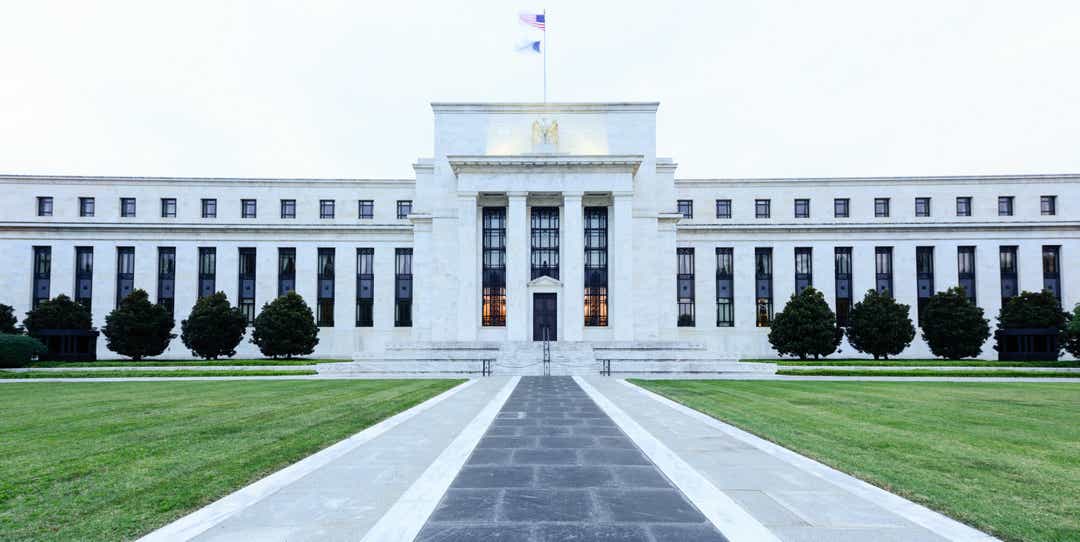The Federal Reserve took a historic step Thursday by approving a new policy that aims to spur higher inflation and more aggressively push down unemployment, a strategy that will likely keep interest rates at rock bottom for years.
Traditionally, the Fed has taken a balanced approach, lowering interest rates to spur more borrowing and economic activity to create lots of jobs, and increasing rates when the economy ran so hot that it raised the prospect of excessive inflation.
Now, the Fed is effectively saying it will err on the side of more job creation and not worry as much about spikes in inflation. Instead of always aiming for 2% annual price increases, the central bank will target inflation that averages 2% over time. So, if price increases undershoot the Fed’s goal, as they have for most of the past decade, the Fed will let inflation run “moderately above 2% for some time,” as Fed Chair Jerome Powell put it.
USA TODAY economics reporter Paul Davidson breaks down the Fed’s landmark shift.
Why is the Fed taking this new approach?
Inflation has languished below the Fed’s 2% target even as unemployment reached a 50-year low of 3.5% last February. Normally, record low unemployment should spark higher inflation as businesses bid up wages to attract a smaller pool of workers, forcing firms to raise prices to maintain profits. After the COVID-19 pandemic triggered the nation’s steepest-ever recession this year, inflation has fallen even further while unemployment has shot up to 10.2%.
Although the Fed typically has tried to stave off surges in inflation, which burdens Americans with higher costs, Fed officials have become more worried about persistently low inflation. Meager inflation can lead to falling prices, or deflation, that prompts consumers to put off purchases as well as skimpy wage increases that especially hurt low- and middle-class Americans. Scant inflation also causes the Fed to keep interest rates historically low, giving it less room to cut rates in a downturn.

As a result, the Fed has little to lose right now by keeping its key rate near zero, which theoretically should help create more jobs, push down unemployment and allow inflation to heat up.
Fed makes historic change: Fed announces landmark policy shift to spur inflation, job growth, keeping rates low longer
Wasn’t the Fed already planning to keep rates near zero?
Yes, but the new policy likely ensures that rates will likely stay at that level even if the economy reaches full employment and inflation edges above the Fed’s 2% goal in a few years. In the past, the Fed likely would have raised rates in that scenario.
Who will benefit from the low rates?
Consumers and businesses already have gained from low rates that hold down borrowing costs for home and auto purchases, student loans, credit cards and factory construction, among other things. The new policy will mean Americans can enjoy very low borrowing costs for even longer, even after the economy recovers.
Job seekers will also be among the winners as low rates spark more economic activity and hiring.
What about the stock market?
Low interest rates already have led investors to move money from low-yielding bonds to stocks, helping lift the Standard & Poor’s 500 index to new records despite an economy that’s still trying to dig out of a brutal recession. The Fed’s vow to keep rates near zero longer has amplified that effect, says Chris Zaccarelli, chief investment officer of Independent Advisor Alliance.
Positive news on a COVID-19 vaccine or the economic recovery will further juice the market, Zaccarelli says. But with low rates now even more entrenched, negative news may hurt the market but probably won’t cause stocks to tank, he says.
“The Fed has put a floor under the market no matter what,” he says.
He adds, “Is there a risk the Fed is going to create a (market) bubble” that ultimately pops?
“Yes.”
How quickly will economy bounce back?: 'What am I going to do at 55?': More temporary layoffs could become permanent during COVID-19 recession
Who's going to be hurt by the Fed’s new strategy?
Savers, especially seniors, stand to lose. After keeping its key rate near zero for years after the Great Recession of 2007-09, the Fed gradually raised it the past few years, boosting bank savings rates, especially for seniors with fixed incomes and fewer stock holdings. But as the pandemic virtually shut down the US economy, the Fed abruptly slashed rates back near zero in March, again pushing down savings returns. Money market rates are averaging well under 1%.
Will Fed’s attempt to stoke inflation work?
That’s not clear. Rates already have been historically low but inflation has been held back by long-term forces, such as discounted online shopping and a more globally-connected economy. Throw in slower economic growth as a result of an aging population and sluggish productivity gains. Keeping rates lower longer won’t necessarily lead to more borrowing and economic activity.
“There is no guarantee that this will deliver the hoped-for inflation overshoot,” says Michael Feroli, chief U.S. economist at J.P. Morgan. “There’s only so much (the Fed) can do.”
"Market" - Google News
August 28, 2020 at 03:19PM
https://ift.tt/3jrGh9H
What the Fed's shift toward lower rates means for borrowers, savers, markets and the economy - USA TODAY
"Market" - Google News
https://ift.tt/2Yge9gs
https://ift.tt/2Wls1p6
/cloudfront-us-east-1.images.arcpublishing.com/bostonglobe/VNG7YMZTRWJ5WBFTJ5NVETPCQI.jpg)
No comments:
Post a Comment